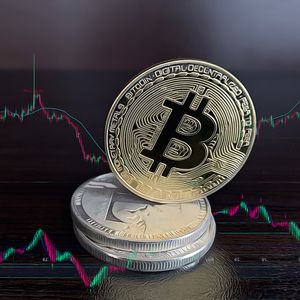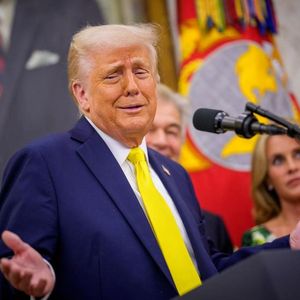This is a segment from the Forward Guidance newsletter. To read full editions, subscribe . It’s been two weeks since Liberation Day sent global markets into a tailspin. We’ve seen a lot these past 14 days, but I wouldn’t dare say we’ve seen it all. To oversimplify it: We’ve seen stocks fall, then rise, then fall again. Gold did the opposite, posting a surprising drop in the days after Liberation Day. But the precious metal has since hit a new record high. Bond markets sold off dramatically — spurring concerns over a massive basis trade unwind, or retaliatory selling from big foreign holders. We don’t know who was selling (and it’s hard to even say which scenario is worse), but the situation reportedly spooked Trump’s team enough to talk him into walking back his policies. Speaking of tariff policies, those too have changed this month. After announcing a 90-day pause on rates exceeding 10% for most countries, the Trump administration increased its levies on China. It actually did this several times. As it currently stands, some goods (like electric vehicles and medical syringes) have tariffs of 245% . Trump also issued some “exemptions,” although he’d classify these policies as simply moving certain imports into a different tariff “bucket.” The US Customs and Border Protection last week issued guidance exempting certain consumer electronics (smartphones, computers, etc.) from both reciprocal tariffs on China and the 10% global tariff on all imports. The next day, White House senior adviser Stephen Miller clarified that these products, when imported from China, are still subject to a 20% levy. The administration maintains that these exemptions will be temporary. Personally, I’d be surprised if we see a permanent tariff — at least as high as initially proposed — on consumer electronic imports. Consider Apple, the largest company in the US by market cap. If the price of an iPhone increases to $2,500, not only would the masses be furious; the company would have to withdraw investments and pause growth plans. Its $3 trillion market cap would plummet. That’s retirement accounts and pensions. We saw Trump blink at the first signs of trouble in the bond market, and I’d bet he’d blink here too. OK, putting the crystal ball away. Today, US equities were back in the red midway through the session, after futures plummeted overnight. The dollar was also trading lower, but Treasurys, on the bright side, were on the upswing. NVDA led a selloff in tech stocks, spurred by news that the US government is restricting sales of its H20 chips to China. Nvidia said the new policy means investors will see a $5.5 billion charge on its first quarter earnings, slated to be released next month. Investors were also apparently not moved by Fed Chair Powell’s Wednesday remarks, in which he gave no indication that the central bank plans to save markets with interest rate cuts. He said that while he’s satisfied with the labor market, tariffs pose an unknown risk to inflation. Trump’s tariff rates have been even higher than central bankers’ most extreme scenarios, Powell added. All this to say: Don’t hold your breath for a Fed put, and maybe avoid checking your brokerage account for a while longer. Get the news in your inbox. Explore Blockworks newsletters: Blockworks Daily : Unpacking crypto and the markets. Empire : Crypto news and analysis to start your day. Forward Guidance : The intersection of crypto, macro and policy. 0xResearch : Alpha directly in your inbox. Lightspeed : All things Solana. The Drop : Apps, games, memes and more. Supply Shock : Bitcoin, bitcoin, bitcoin.


















